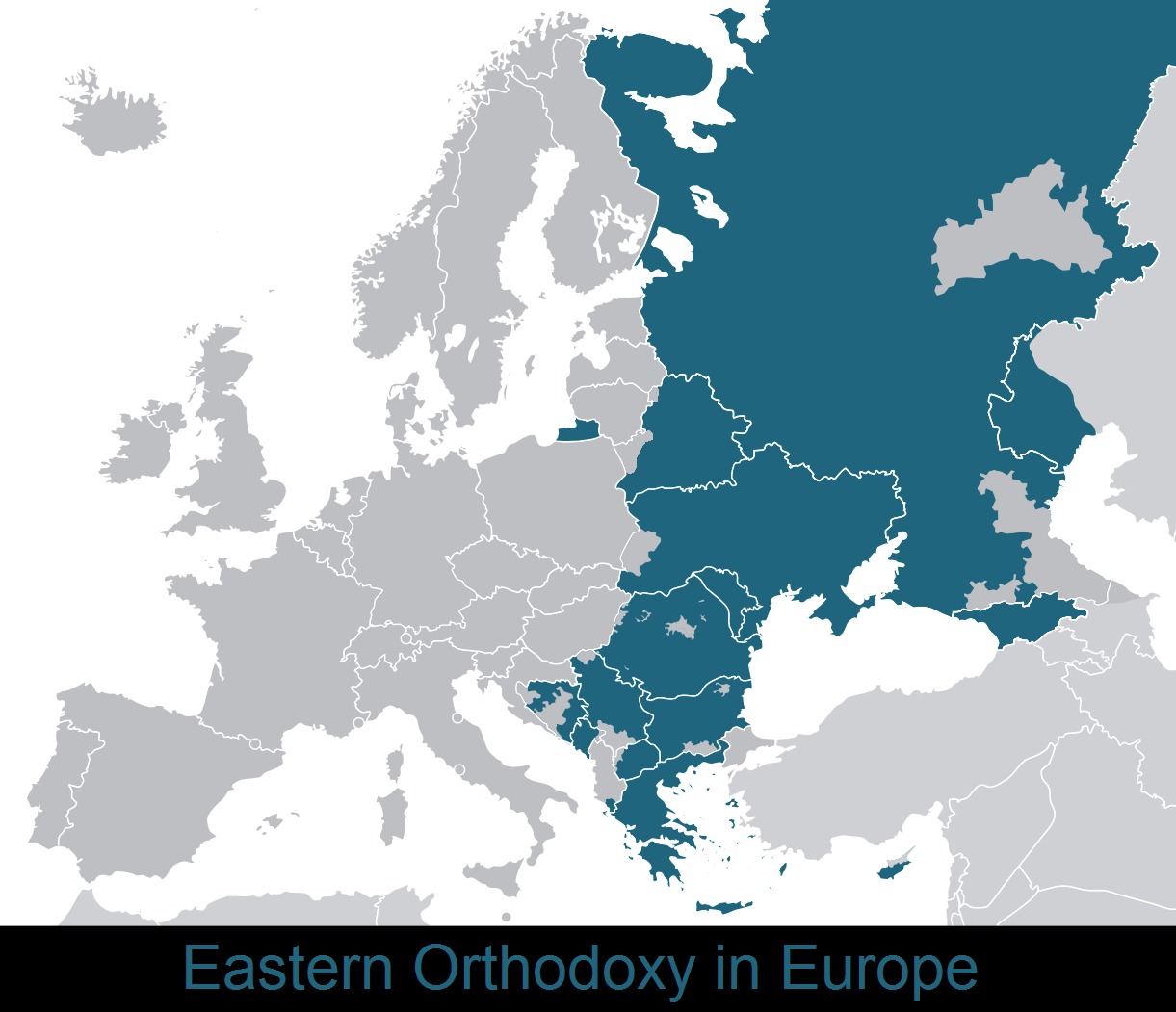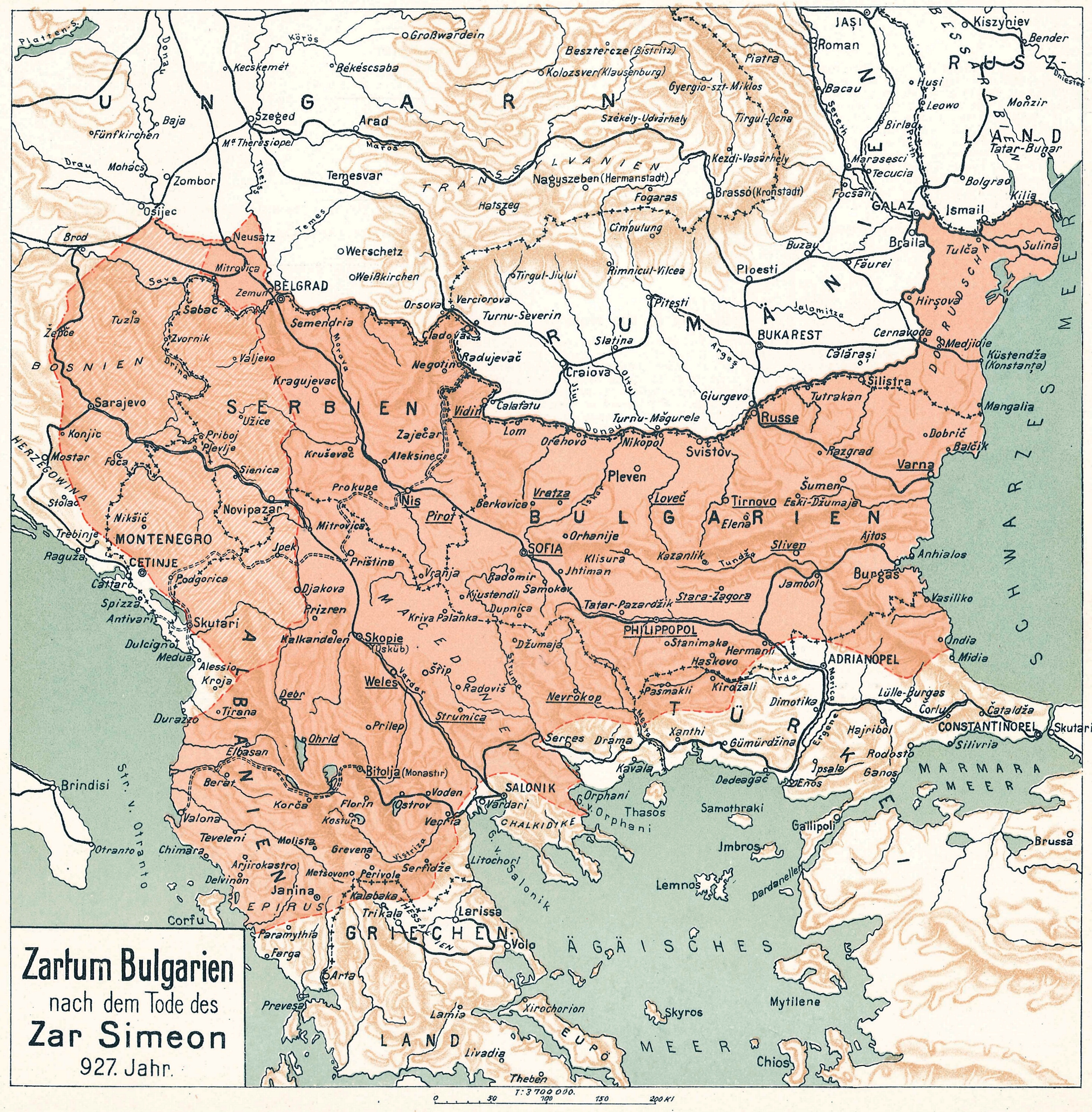|
Byzantine Commonwealth
The term Byzantine commonwealth was coined by 20th-century historian Dimitri Obolensky to refer to the area where Byzantine general influence ( Byzantine liturgical and cultural tradition) was spread during the Middle Ages by the Byzantine Empire and its missionaries. This area covers approximately the modern-day countries of Greece, Cyprus, North Macedonia, Bulgaria, Serbia, Montenegro, Romania, Moldova, Ukraine, Belarus, southwestern Russia, and Georgia (known as the region of ''Eastern Orthodoxy in Europe'' or the '' Orthodox civilization''). According to Anthony Kaldellis, the Byzantines in general did not have a ecumenical outlook, nor did they think about the notion of a panorthodox commonwealth, which he describes as "Roman chauvinism". The Obolensky model The most important treatment of the concept is a study by Dimitri Obolensky, ''The Byzantine Commonwealth''. In his book ''Six Byzantine Portraits'' he examined the life and works of six persons mentioned in ''The B ... [...More Info...] [...Related Items...] OR: [Wikipedia] [Google] [Baidu] |
Georgia (country)
Georgia is a country in the Caucasus region on the coast of the Black Sea. It is located at the intersection of Eastern Europe and West Asia, and is today generally regarded as part of Europe. It is bordered to the north and northeast by Russia, to the south by Turkey and Armenia, and to the southeast by Azerbaijan. Georgia covers an area of . It has a Demographics of Georgia (country), population of 3.7 million, of which over a third live in the capital and List of cities and towns in Georgia (country), largest city, Tbilisi. Ethnic Georgians, who are native to the region, constitute a majority of the country's population and are its titular nation. Georgia has been inhabited since prehistory, hosting the world's earliest known sites of winemaking, gold mining, and textiles. The Classical antiquity, classical era saw the emergence of several kingdoms, such as Colchis and Kingdom of Iberia, Iberia, that formed the nucleus of the modern Georgian state. In the early fourth centu ... [...More Info...] [...Related Items...] OR: [Wikipedia] [Google] [Baidu] |
Eastern Orthodoxy By Country
Based on the numbers of adherents, the Eastern Orthodox Church (also known as Eastern Orthodoxy) is the second largest Christian communion in the world, after the Roman Catholic Church, with the most common estimates of baptised members being approximately 220 million. The numerous Protestant groups in the world, if taken all together, substantially outnumber the Eastern Orthodox, but they differ theologically and do not form a single communion. Overview Eastern Orthodoxy is the predominant religion in Russia (77%), where roughly half the world's Eastern Orthodox Christians live. The religion is also heavily concentrated in the rest of Eastern Europe, where it is the majority religion in Ukraine (65.4% [...More Info...] [...Related Items...] OR: [Wikipedia] [Google] [Baidu] |
Christendom
The terms Christendom or Christian world commonly refer to the global Christian community, Christian states, Christian-majority countries or countries in which Christianity is dominant or prevails.SeMerriam-Webster.com : dictionary, "Christendom"/ref> Following the spread of Christianity from the Levant to Europe and North Africa during the early Roman Empire, Christendom has been divided in the pre-existing Greek East and Latin West. After the Great schism of 1054, two main branches within Christianity emerged, centred around the cities of Rome (Western Christianity, whose community was called Western or Latin Christendom) and Constantinople (Eastern Christianity, whose community was called Eastern Christendom or Byzantine commonwealth). After the fall of Constantinople in 1453, Latin Christendom rose to a central role in the Western world. Following the reformation, protestantism emerged as the third main branch of Christianity in the 16th century. The history of the Chri ... [...More Info...] [...Related Items...] OR: [Wikipedia] [Google] [Baidu] |
Byzantine Culture
The Byzantine Empire, also known as the Eastern Roman Empire, was the continuation of the Roman Empire centred on Constantinople during late antiquity and the Middle Ages. Having survived the events that caused the fall of the Western Roman Empire in the 5th centuryAD, it endured until the fall of Constantinople to the Ottoman Empire in 1453. The term 'Byzantine Empire' was coined only after its demise; its citizens used the term 'Roman Empire' and called themselves 'Romans'. During the early centuries of the Roman Empire, the western provinces were Latinised, but the eastern parts kept their Hellenistic culture. Constantine I () legalised Christianity and moved the capital to Constantinople. Theodosius I () made Christianity the state religion and Greek gradually replaced Latin for official use. The empire adopted a defensive strategy and, throughout its remaining history, experienced recurring cycles of decline and recovery. It reached its greatest extent unde ... [...More Info...] [...Related Items...] OR: [Wikipedia] [Google] [Baidu] |
Byzantinism
Byzantinism, or Byzantism, is the political system and culture of the Byzantine Empire, and its spiritual successors the Orthodox Christian Balkan countries of Greece and Bulgaria especially, and to a lesser extent Serbia and some other Orthodox countries in Eastern Europe like Belarus, Georgia, Russia and Ukraine.Dimiter G. Angelov, ''Byzantinism: The Imaginary and Real Heritage of Byzantium in Southeastern Europe'', in Dimitris Keridis, Ellen Elias-Bursać, Nicholas Yatromanolakis, ''New approaches to Balkan studies'', Brassey's, 2003, Google Print, p.3/ref>Angelov 2003p.11/ref> The term ''Byzantinism'' itself was coined in the 19th century.Angelov 2003p.8/ref> The term has been criticized by modern scholars for being a generalization that is not very representative of the reality of the Byzantine aristocracy and bureaucracy.Angelov 2003p.6/ref>Angelov 2003pp.17–18/ref> Aristocracy and bureaucracy The Byzantine Empire is a modern term applied by Westerners to the East ... [...More Info...] [...Related Items...] OR: [Wikipedia] [Google] [Baidu] |
Mehmed II
Mehmed II (; , ; 30 March 14323 May 1481), commonly known as Mehmed the Conqueror (; ), was twice the sultan of the Ottoman Empire from August 1444 to September 1446 and then later from February 1451 to May 1481. In Mehmed II's first reign, he defeated the crusade led by John Hunyadi after the Hungarian incursions into his country broke the conditions of the truce per the Peace of Szeged, Treaties of Edirne and Szeged. When Mehmed II ascended the throne again in 1451, he strengthened the Ottoman Navy and made preparations to attack Constantinople. At the age of 21, he Fall of Constantinople, conquered Constantinople and brought an end to the Byzantine Empire. After the conquest, Mehmed claimed the title Caesar (title), caesar of Roman Empire, Rome (), based on the fact that Constantinople had been the seat and capital of the surviving Byzantine Empire, Eastern Roman Empire since its consecration in 330 AD by Constantine the Great, Emperor Constantine I. The claim was soon reco ... [...More Info...] [...Related Items...] OR: [Wikipedia] [Google] [Baidu] |
Ottoman Empire
The Ottoman Empire (), also called the Turkish Empire, was an empire, imperial realm that controlled much of Southeast Europe, West Asia, and North Africa from the 14th to early 20th centuries; it also controlled parts of southeastern Central Europe, between the early 16th and early 18th centuries. The empire emerged from a Anatolian beyliks, ''beylik'', or principality, founded in northwestern Anatolia in by the Turkoman (ethnonym), Turkoman tribal leader Osman I. His successors Ottoman wars in Europe, conquered much of Anatolia and expanded into the Balkans by the mid-14th century, transforming their petty kingdom into a transcontinental empire. The Ottomans ended the Byzantine Empire with the Fall of Constantinople, conquest of Constantinople in 1453 by Mehmed II. With its capital at History of Istanbul#Ottoman Empire, Constantinople (modern-day Istanbul) and control over a significant portion of the Mediterranean Basin, the Ottoman Empire was at the centre of interacti ... [...More Info...] [...Related Items...] OR: [Wikipedia] [Google] [Baidu] |
Emperor Of The Serbs
Between 1345 and 1371, the Serbian monarchs held the title of emperor (tsar). The full title was initially Emperor of the Serbs and Greeks, later Emperor of the Serbs, Greeks and Bulgarians in Serbian and ''basileus'' and ''autokrator'' of Serbia and ''Romania'' Romans"in Greek language">Greek. This title was soon enlarged into "Emperor and Autocrat of the Serbs and Greeks, the Bulgarians and Albanians". The Serbian Empire was ruled by two monarchs: Stefan Dušan (r. 1346–1355) and Stefan Uroš V (r. 1355–1371). Two other claimants of the title ruled in Thessaly, Central Greece (geographic region), Central Greece. Establishment and titles Taking advantage of the Byzantine civil war of 1341–1347 by alternately supporting both sides of the conflict, the Serbian king Stefan Dušan expanded his state southwards, conquering Albania and most of Macedonia by 1345, with the exception of the great fortress cities of Serres and Thessalonica. This growth in power made Serbia the ' ... [...More Info...] [...Related Items...] OR: [Wikipedia] [Google] [Baidu] |
Simeon I Of Bulgaria
Simeon I the Great (; ; ) ruled over Bulgaria from 893 to 927,Lalkov, ''Rulers of Bulgaria'', pp. 23–25. during the First Bulgarian Empire. Simeon's successful campaigns against the Byzantines, Magyars and Serbs led Bulgaria to its greatest territorial expansion ever, making it the most powerful state in contemporary Eastern and Southeast Europe. His reign was also a period of unmatched cultural prosperity and enlightenment later deemed the Golden Age of Bulgarian culture. During Simeon's rule, Bulgaria spread over a territory between the Aegean, the Adriatic and the Black seas.Bakalov, ''Istorija na Bǎlgarija'', "Simeon I Veliki". The newly independent Bulgarian Orthodox Church became the first new patriarchate besides the Pentarchy, and Bulgarian Glagolitic and Cyrillic translations of Christian texts spread all over the Slavic world of the time. It was at the Preslav Literary School in the 890s that the Cyrillic alphabet was developed. [...More Info...] [...Related Items...] OR: [Wikipedia] [Google] [Baidu] |
Ellen Elias-Bursać
Ellen Elias-Bursać (born 1952) is an American scholar and literary translator. Specializing in South Slavic literature, she has translated numerous works from Bosnian, Croatian, and Serbian. Early life Ellen Elias was born in Cambridge, Massachusetts. Her parents were Peter and Marjorie (née Forbes) Elias. She has two brothers. Her aunt was Barbara Elias, a poet. She studied at the Commonwealth School in Boston, graduating in 1970. She attended Macalester College, receiving a Bachelor of Arts degree in Russian literature and language in 1974. During her undergraduate studies, she attended a study abroad programme in Yugoslavia. She worked as a freelance translator, and studied towards a master's degree at the University of Zagreb. In 1999, she received a PhD from University of Zagreb in philology; her dissertation was titled ''Augustina-Tina Ujevića prijevodi iz anglo-američke književnosti: komparativno/kontrastivna lingvo-stilistička analiza''. Career Elias-Bursać wo ... [...More Info...] [...Related Items...] OR: [Wikipedia] [Google] [Baidu] |
Eastern Orthodox Church
The Eastern Orthodox Church, officially the Orthodox Catholic Church, and also called the Greek Orthodox Church or simply the Orthodox Church, is List of Christian denominations by number of members, one of the three major doctrinal and jurisdictional groups of Christianity, with approximately 230 million baptised members. It operates as a Communion (Christian), communion of autocephalous churches, each governed by its Bishop (Orthodox Church), bishops via local Holy Synod, synods. The church has no central doctrinal or governmental authority analogous to the pope of the Catholic Church. Nevertheless, the Ecumenical Patriarch of Constantinople is recognised by them as ''primus inter pares'' (), a title held by the patriarch of Rome prior to 1054. As one of the oldest surviving religious institutions in the world, the Eastern Orthodox Church has played an especially prominent role in the history and culture of Eastern Europe, Eastern and Southeastern Europe. Since 2018, the ... [...More Info...] [...Related Items...] OR: [Wikipedia] [Google] [Baidu] |








